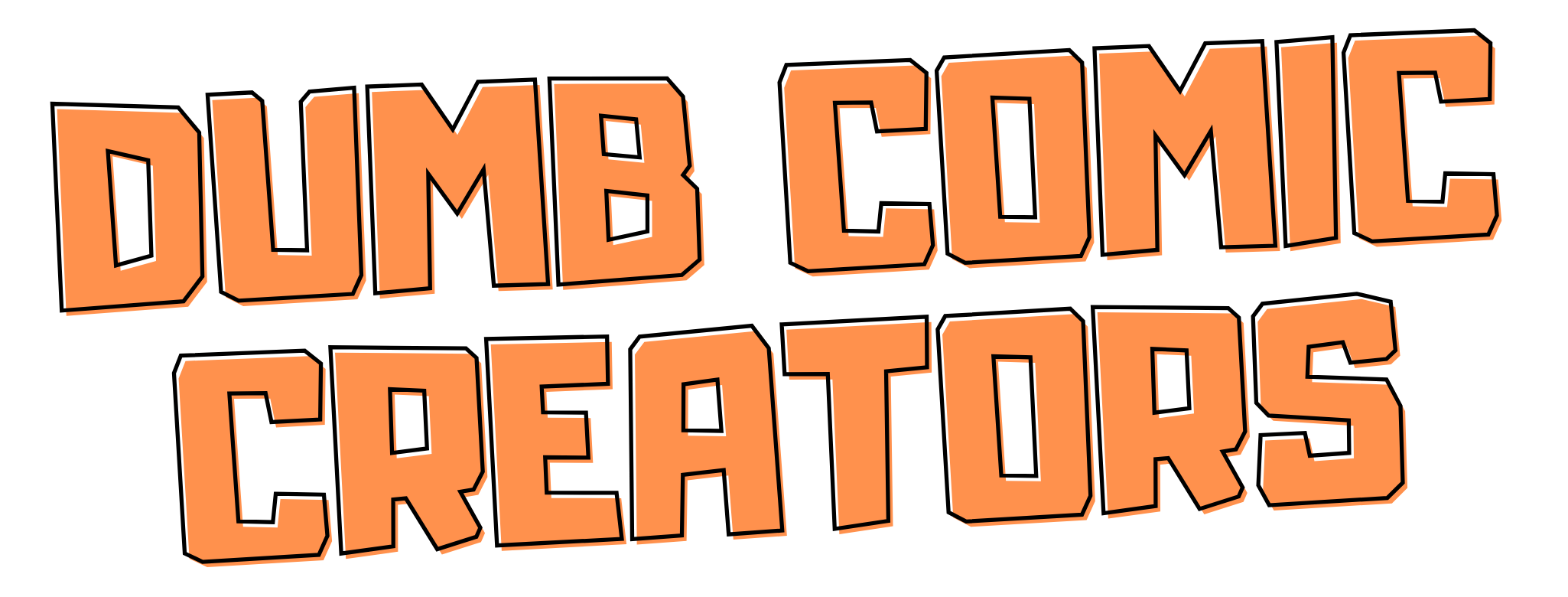Box Office Poison
Box Office Poison is a tour de force of a graphic novel by Alex Robinson. According to Wikipedia, the A.V. Club called this graphic novel of the best comics of the decade. It also made #84 on the Top 100 Graphic Novels list. *Pshhh* what are these reviewers thinking? This graphic novel deserves at least a top 25 spot. But before we start our real review of this, please note that this is more “novel” than “graphic” and because of that, it may actually take more than a day to complete. If you’re into comics and graphic novels for the excitement of being close to illiterate because you need pictures in order to read anything, sadly this book is not for you. But if you’re a proud defender of graphic novels as a true art that can provide rich storytelling just as well as any other form, then go grab this book, it’s awesome.
Story
The graphic novel follows the “main character” Sherman, his best friend Ed, Sherman’s girlfriend Dorthy, their roommates, Sherman’s work, Ed’s boss, and Ed’s boss’ backstory. The brilliant thing about this book is the way it weaves across different character arcs and constantly changes point of view between it’s main characters. There are flashbacks, asides, awkward moments, thought bubbles in times of crisis, and many more storytelling tactics that keep this book from being a typical “year in the life of” type of book. The book takes place in the year or two following Sherman and Ed graduating from college. They are navigating their 20’s in the city. They both have dreams of being hugely successful and both end up struggling for the most part. The themes of the book revolves around the constantly changing dynamics of relationships and the way relationships evolve for better or worse. Ed, for example, has no relationship for most of this book, while he watches Sherman stick to a toxic relationship despite all the signs that he should end it. Meanwhile, Sherman’s roommates Stephen and Jane juxtapose the ups and downs of single life yet display the complexities of long-term relationships. Another theme of the book is the inequality of payment and credit for artists. There is almost a direct parallel with the life of Jack Kirby that is explored in the book. The artist creates characters that create billions of dollars for large comic book publishers, yet the artist dies in squalor because the contracts he signed in the 1950’s basically signed all the rights away. Without giving it all away here, the conclusion of the story is fascinating and strangely shifts the narrative “main character” point of view to someone you won’t suspect. This is ultimately a critique of Sherman’s inability to sort of take control of his own life and end things in his toxic relationship. And Robinson sort of says “well Sherman, if you can’t take control of your own life, you don’t deserve control of this story.” The result is fascinating and a well done end. Also, I was completely interested to know that this book was complete fiction and not semi-autobiographical. This actually made the events of the book and the storytelling even more interesting.
Art
Robinson does all the art for the book in pretty detailed drawing style. The characters are actually a little bit cartoonish, but the backgrounds and chapters are done in detail. The panel layouts keep the 608 page book a page turner, and each little vignette is sort of told in a different pace than the rest of the book. Along with that, Robinson has a strong command of time passage in the book, with some moments that drag on for pages and some moments that skip whole months in between them. This again keeps the momentum of the story.
Color
The book is done in black and white. There was no real reason for this book to be done in color and the heavy inking also helps with the contrast in each scene.
Lettering
The lettering in Box Office Poison is very expressive when it comes to sound effects and thought bubbles. Regular speech bubbles end up being pretty standard and this helps ground the dialogue and also accentuate when there is more action in what needs to be heard. The best part of the lettering comes during a moment when Sherman is trying to decide whether to kiss a girl or not. His thoughts race across the page, overlapping each other, contradicting each other in each bubble. They paint the page and dominate over 2/3 of the space on the page. With the actual panels with the characters only fitting 3-4 per page. The scene goes on for multiple pages and you can see how much his mind is racing in the moment. This scene, if the rest of the book was garbage, would make this book worth reading. But thankfully it only enhances an otherwise amazing read.
je ne sais quoi
The je ne sais quoi of this book is the way it reads as a novel. It is not a book you can pick up and finish in one sitting. It has layers, complex characters, backstory and an ending that wraps everything up in a satisfying way. If your parents scoff at comic books as being for children, this is the book to give them for Christmas to change their minds. It reminded me of the novel by Irwin Shaw called “Rich Man Poor Man” (though without the extra generations).
On a scale between a low “continuously breaking it off with your significant other only to get back together because you’re terrified of being alone”, and a high “completing Maslow’s hierarchy of needs as completely as a Mike Tyson knockout” we give this graphic novel a strong “Mike Tyson’s Punch Out 4: Hierarchy of Needs Edition”…that’s right, a basically perfect rating. We never thought we’d see the day, but it came pretty quickly after starting this website. Who’d have thought?

